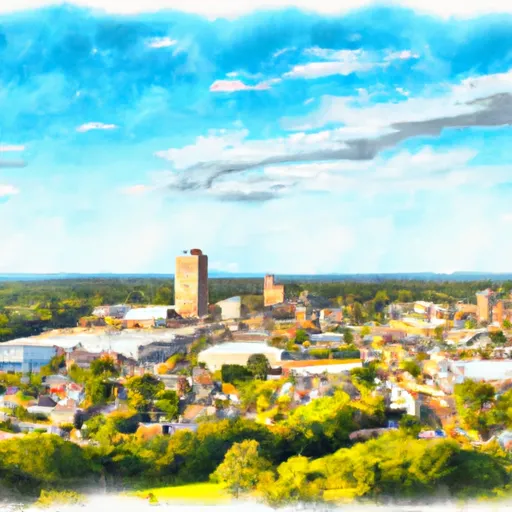°F
°F
mph
Windspeed
%
Humidity











Hamilton, Iowa is a small town located in the north-central region of the state. The climate in Hamilton is characterized by cold winters and warm summers, with an average temperature of 48°F. The town is situated near the Boone River, which is a tributary of the Des Moines River. The river supports a diverse range of hydrology constituents, including fish, wildlife, and vegetation. Outdoor recreation opportunities in Hamilton include hiking, biking, fishing, and camping in the nearby parks and nature reserves. The Briggs Woods Park and Webster City RV Park are popular destinations for outdoor enthusiasts visiting Hamilton.
Weather Forecast
Hamilton receives approximately 930mm of rain per year, with humidity levels near 82% and air temperatures averaging around 11°C. Hamilton has a plant hardyness factor of 5, meaning plants and agriculture in this region thrive during a short period during spring and early summer. Most plants will die off during the colder winter months.
Regional Streamflow Levels
111
Cubic Feet Per Second
45
Cubic Feet Per Second
63
Cubic Feet Per Second
4
Cubic Feet Per Second
Nearby Camping
| Camping Area | Reservations | Toilets | Showers |
|---|---|---|---|
| Brookfield City Park | |||
| Maxwell Taylor Park | |||
| Arrow Rock State Park | |||
| Versailles City Park | |||
| Pilot Grove City Park | |||
| Salisbury City Park |



